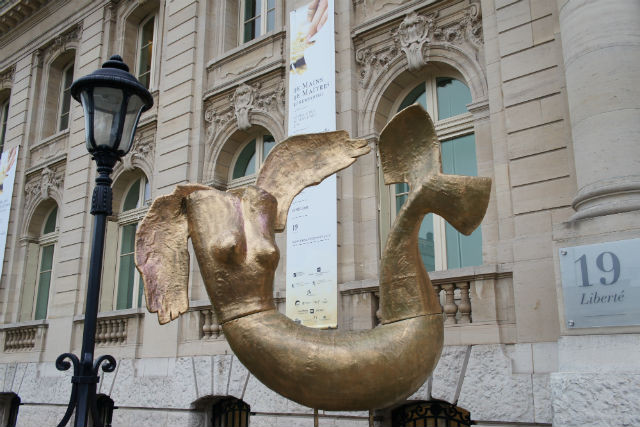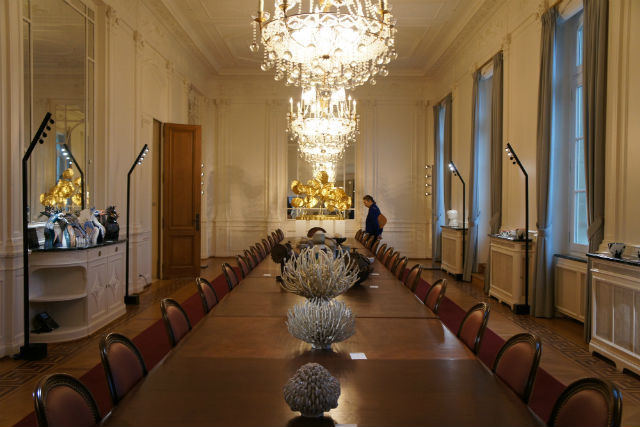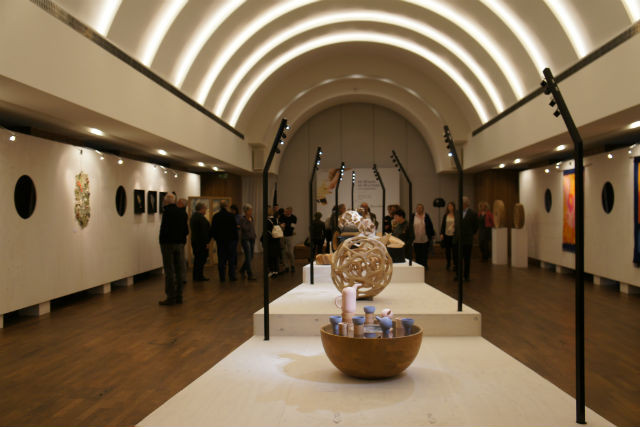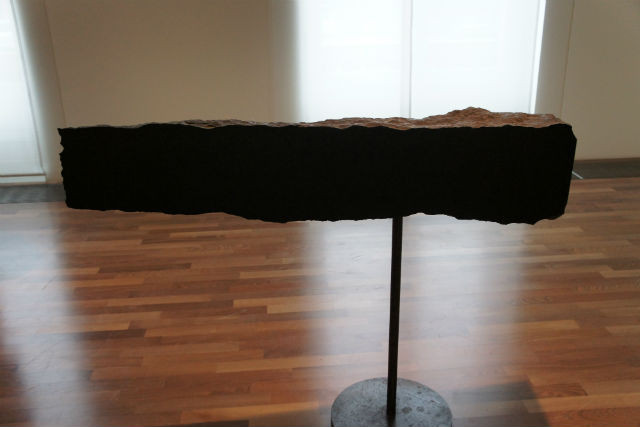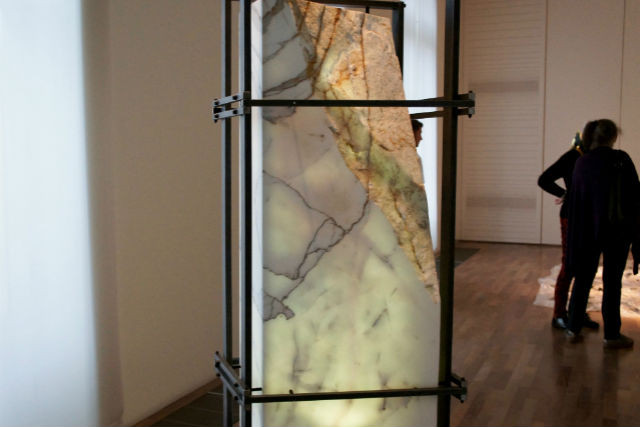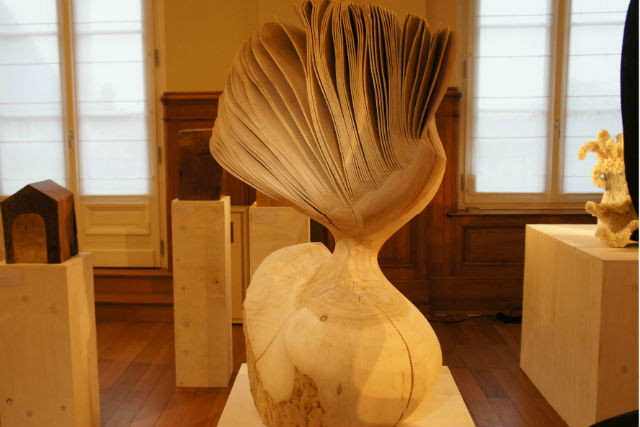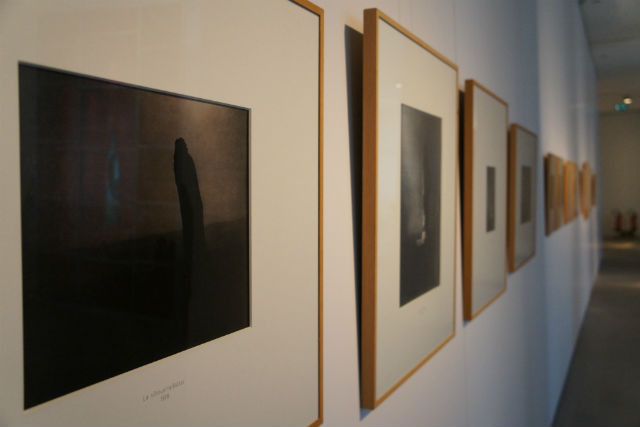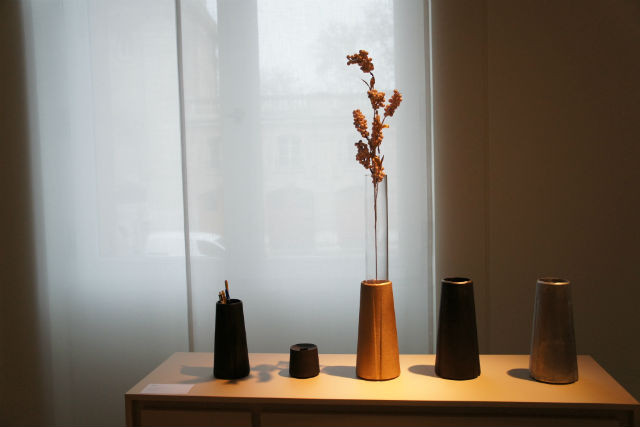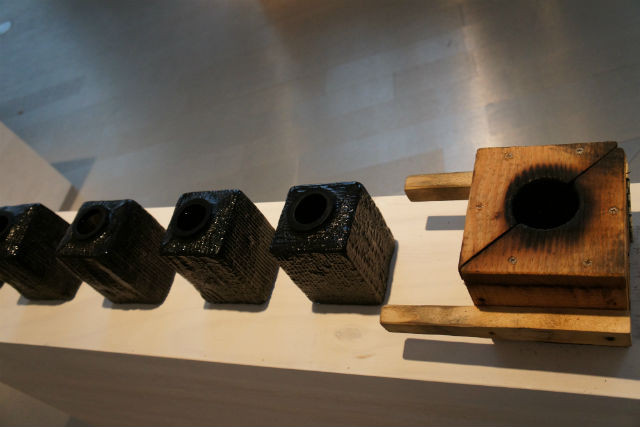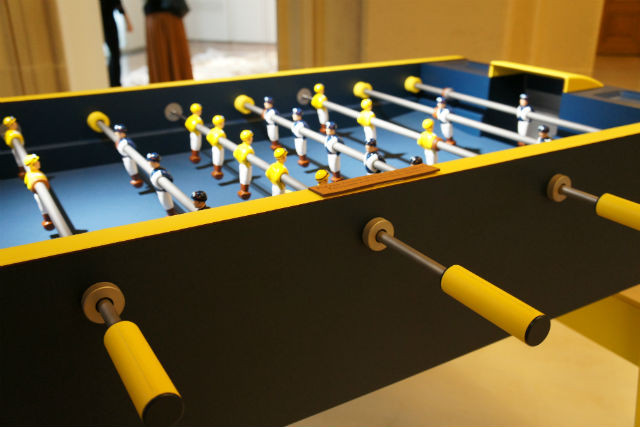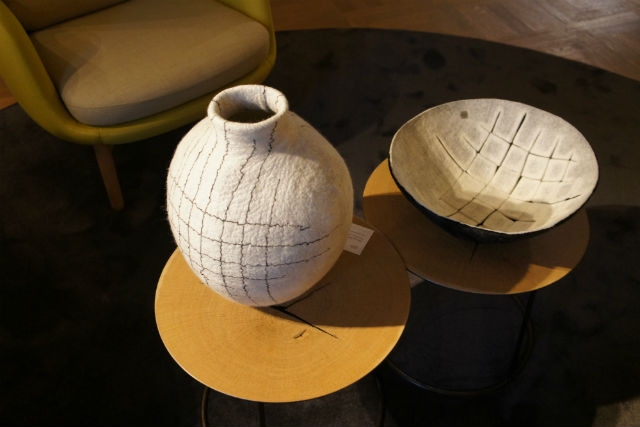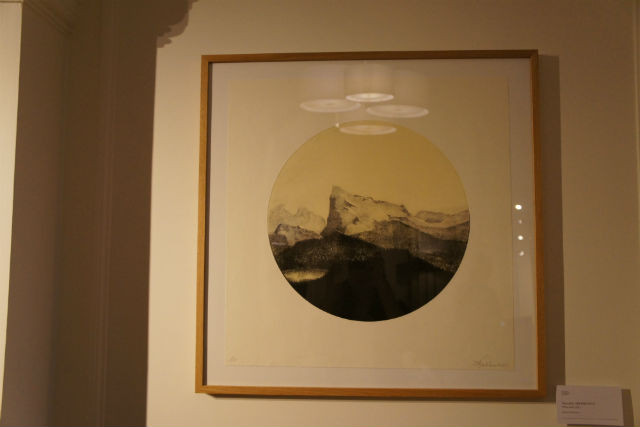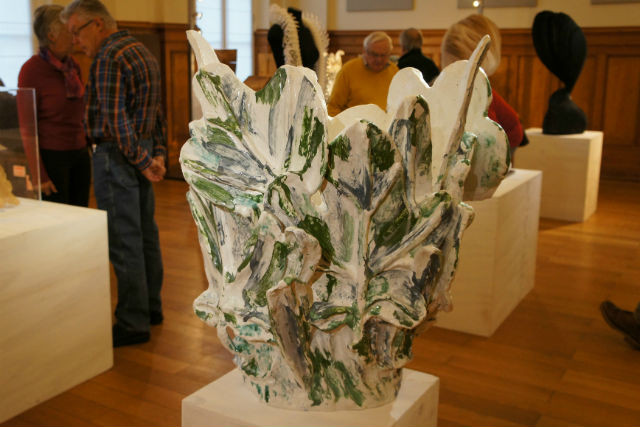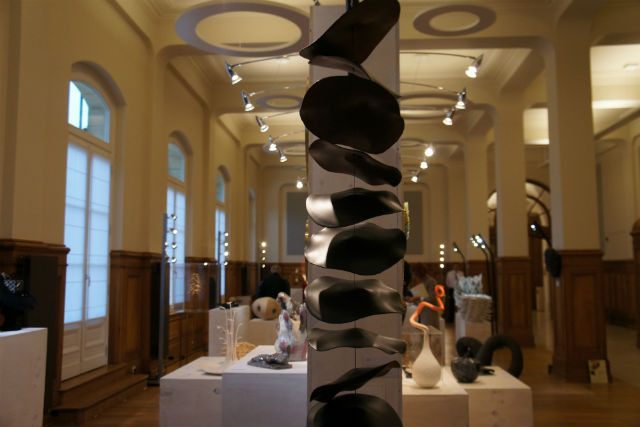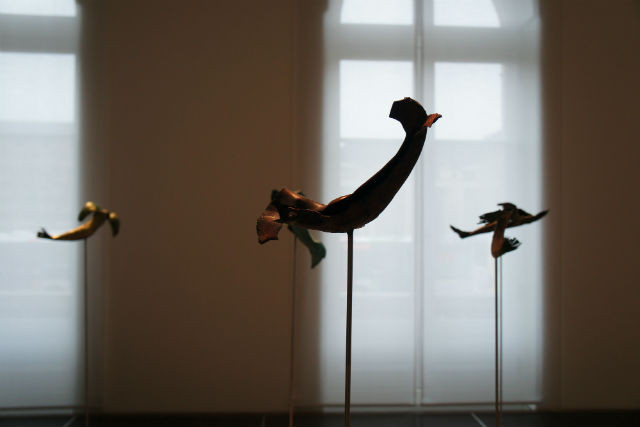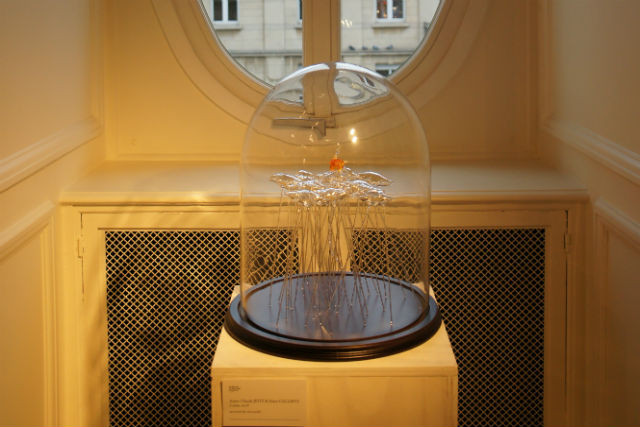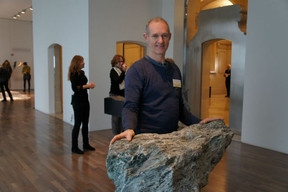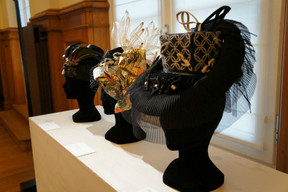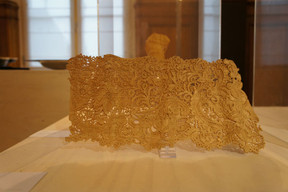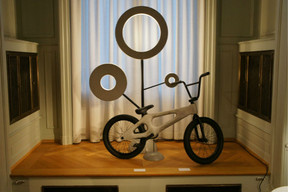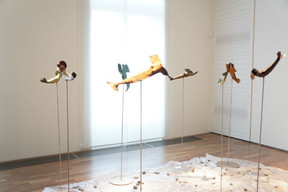In its second edition, the event focuses on the revaluation of trades on the brink of extinction and the impartation of knowledge to younger generations.
From 28 November to 3 December, 300 works of art by roughly 90 artisans from Luxembourg and its neighbouring countries are displayed at 19 Liberté, the former Arbed headquarters.
Erected in 1922 and refurbished in 2016, the prestigious building is now property of the Banque et Caisse d'Epargne de l'Etat.
The edifice alone warrants a visit since it is usually closed to the public and the exhibition was specially curated with its structural particularities in mind.
This year, the biennale extends its boundaries and displays some of the works in the city’s other museums. Many galleries and studios across the city will open their doors exceptionally in the context of the biennale.
Support for workshops and young talents
Some of the artists paired up with established manufactories to breathe new life into age-old traditions such as carpentry, glass-blowing and bronze foundry. The goal is to inspire young people in particular to learn a trade and recognise the creative possibilities of a certain material.
On Monday 3 December, secondary school classes will be able to explore the exhibitions and receive explanations from the artists themselves. Most artworks are for sale and forty percent of all profits go into a talent fund for young artists and artisans. In 2017, the association was able to send a Luxembourgish enamel artist to be trained in a special studio in China.
“Gestes et Merveilles”
The exhibition’s motto “Gestures and marvels” is explained by its curator Jean-Marc Dimanche: “The marvelous lies within the intelligence of the artisan’s gesture, repeated over and over again in the pursuit of perfection, in the value of the material, and the experience of looking and touching the finished product.” He highlights that the exhibition’s purpose of reappreciating handicraft intends to counterbalance our modern world’s tendency towards immateriality.
Gérard Kuijpers, one of the artists, has taken this premise to heart and invites visitors to touch and interact with his 250 kg heavy marble sculptures, which are delicately balanced on metal poles and spin gently upon the lightest touch. “My works celebrate touch. The gesture is very important because it allows a connection between the visitor, the artwork and the creator.”
Art and handicraft
Valentine de Callataÿ, in charge of the cultural development of the association “De Mains de maîtres” states that traditionally there is a stark division between art and handicraft. “When one thinks of art, it is usually fine art that comes to mind. But what I like about this project is its spontaneity, the way that the lines start to blur and every material can become a work of art.”
The diversity of materials and the audacity of their combinations is indeed remarkable. One can find ceramics that are fashioned to look like brittle coral, jewellery made from gold and dried mangos as well as vases made from felt. Other artists were inspired to work with wood, glass, paper, metals and tapestries.
